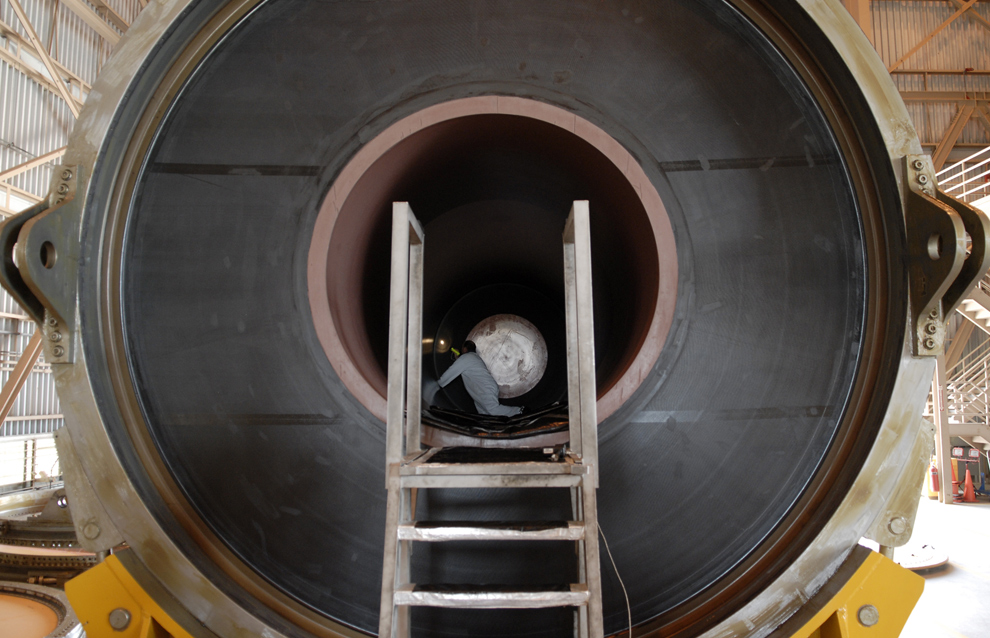Here is Florida Today's article which is rather good:
http://www.floridatoday.com/content/blo ... fail.shtml
Ares 1 chute system was used and it have
3 chutes. Only one chute opened as planned:
"Only one parachute deployed properly. One parachute failed and wrapped around the third partially deployed parachute," according to an e-mail status report obtained by Florida Today
The dent is probably caused by rough hitting to water and the SRB has been bent at that moment. I guess that the chute failure is inheritage from the contact of first and second stages.
Ares 1 uses 5 segement SRB, 5.5 segment is planned for Ares 5 Heavy design.
And what comes to Ares 1-X test objectives... Well, please see the list:
-Demonstrating control of a dynamically similar vehicle using control algorithms similar to those used for Ares I.
-Performing an in-flight separation/staging event between an Ares I-similar First Stage and a representative Upper Stage.
-Demonstrating assembly and recovery of an Ares I-like First Stage at Kennedy Space Center (KSC).
-Demonstrating First Stage separation sequencing, and measuring First Stage atmospheric entry dynamics, and parachute performance.
-Characterizing the magnitude of integrated vehicle roll torque throughout First Stage flight.
The flight also had several secondary objectives, including:
-Quantifying the effectiveness of the first stage booster deceleration motors.
-Characterizing induced environments and loads on the vehicle during ascent.
-Demonstrating a procedure for determining the vehicle’s position to orient the flight control system.
-Characterize induced loads on the Flight Test Vehicle while on the launch pad.
-Assess potential Ares I access locations in the VAB and on the Pad.
-Assess First Stage electrical umbilical performance.
More from:
http://www.nasa.gov/pdf/354470main_aresIX_fs_may09.pdf
And what comes to crew safety, the next is my speculation, not facts: I believe launch escape system would been able to pull this off. Second stage engine cannot ignite if there is not enough clearance between the stages, since this is not a fire in a hole design rocket. LOS would have been activated when system sensed impact or when the second stage would have tried to start and the measurements were wrong (chamber pressure, etc.). Even the second stage tumbling there would be more than 50% change for LOS to work. The only scenario of second stage tumbling and LOS not able to rescue the crew I can imagine would be that LOS or the capsule to hit the first stage during LOS powered flight or before the start of it. I might be wrong about these LOS speculations since these are only my gut feeling.




